Rochester Dermatology Clinic offers comprehensive and dermatology services. We treat people of all ages and skin types. We will evaluate any of your concerns that pertain to diseases of the skin, hair, or nails. Some of the most common conditions we evaluate and treat include:
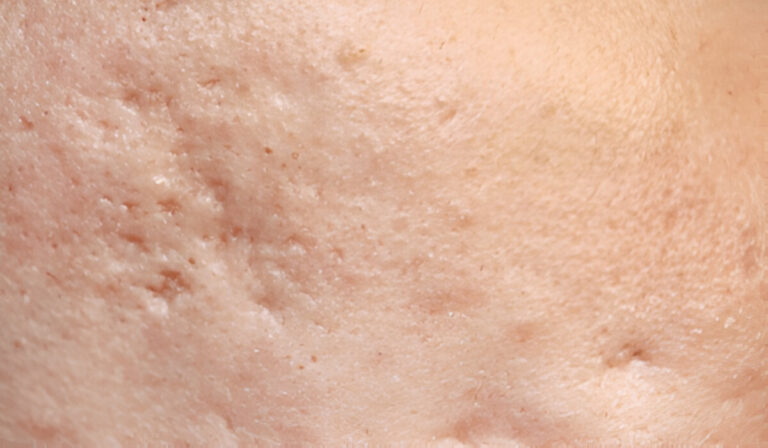
Acne is a common skin condition where hair follicles become clogged, causing pimples, blackheads, and whiteheads. It’s often associated with excess oil production, dead skin cells, and bacteria. The most common areas affected are the face, neck, back, and chest.
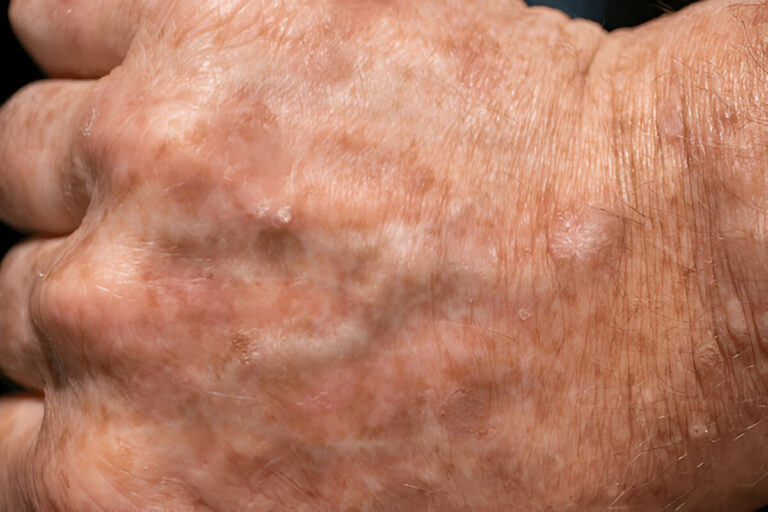
Actinic keratosis is a rough, scaly patch or bump on the skin caused by years of sun damage. It’s a precancerous condition that can potentially develop into squamous cell carcinoma. Actinic keratoses are common and often appear on sun-exposed areas like the face, scalp, hands, and arms.
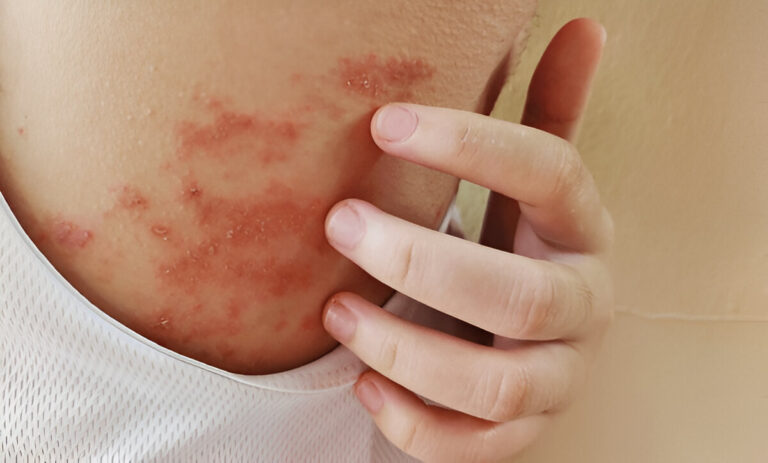
Atopic dermatitis, also known as atopic eczema, is a chronic inflammatory skin condition characterized by dry, itchy, and inflamed skin. It’s the most common type of eczema, and is often seen in infants and children. The condition can be triggered by various factors, including irritants, allergens, and even stress.

Cysts are sac-like pockets or growths that can form anywhere in the body, filled with fluid, air, pus, or other material. They are typically not cancerous (benign). Cysts can occur due to various causes, including blocked ducts or glands, infections, or genetic conditions.
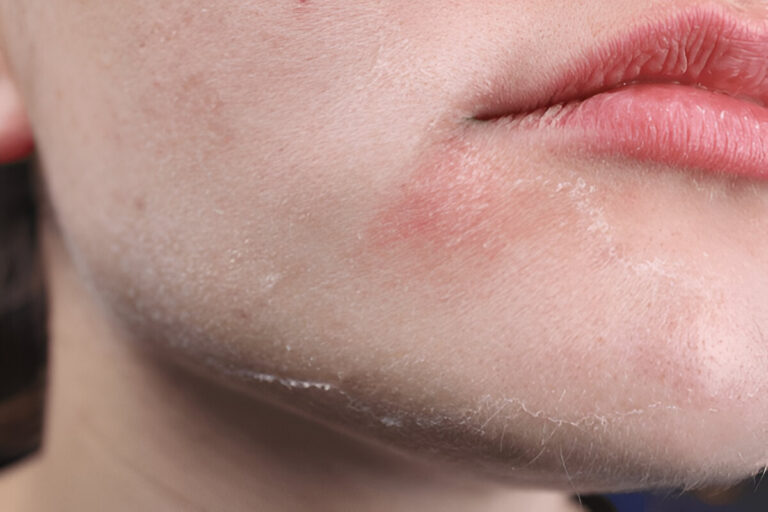
Dry skin, also known as xerosis, occurs when the skin lacks sufficient moisture and oil. It can manifest as rough, flaky, or itchy skin. Various factors contribute to dry skin, including age, climate, certain health conditions, and even occupation.
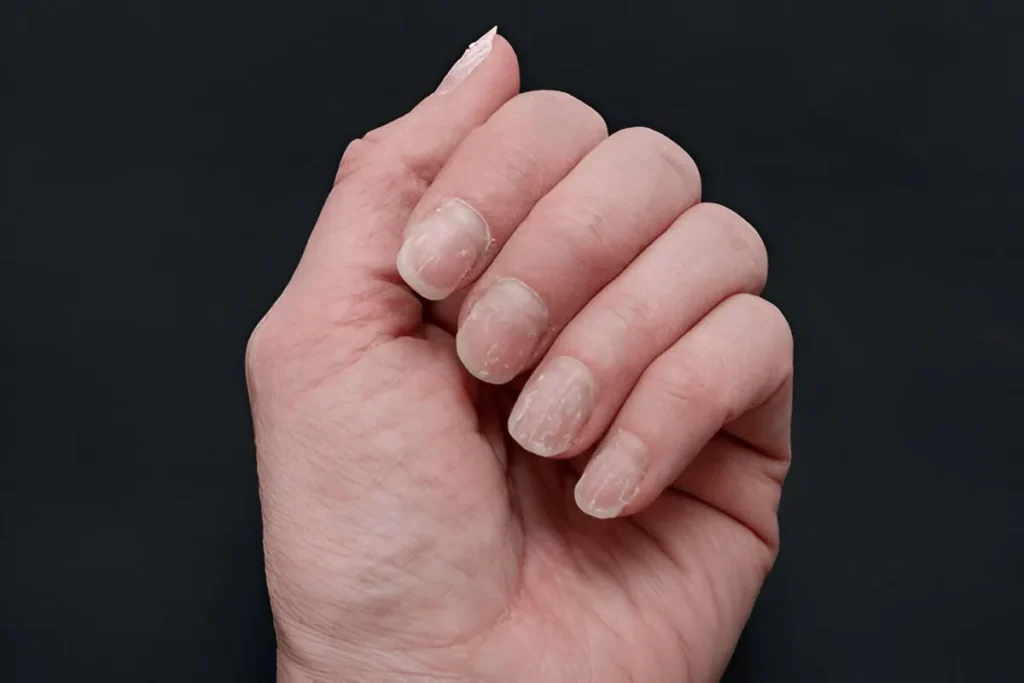
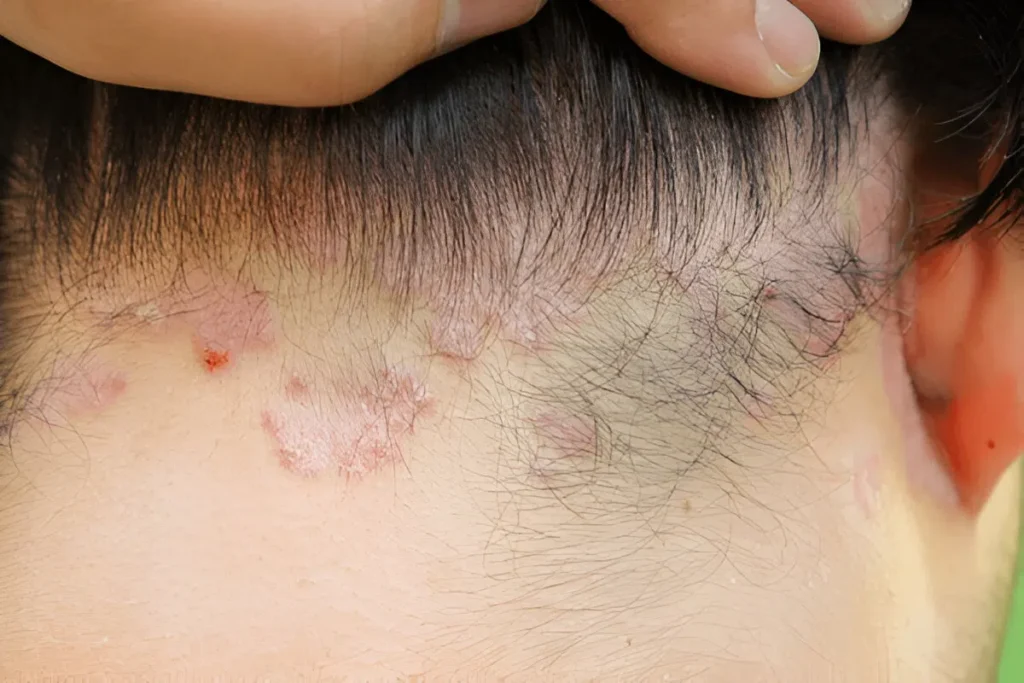
Hair and nail disorders encompass a variety of conditions affecting the hair and nails, often characterized by changes in growth, structure, or appearance. These disorders can be caused by genetic factors, hormonal imbalances, infections, nutritional deficiencies, or underlying medical conditions.
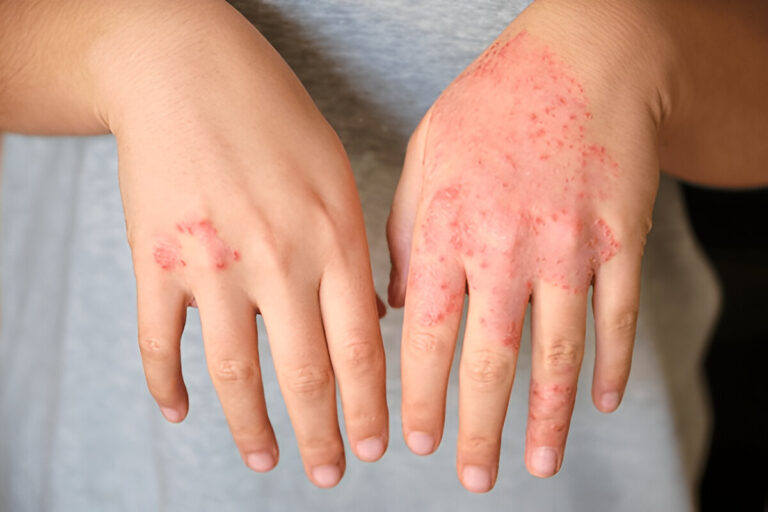
Eczema, also known as atopic dermatitis, is a chronic skin condition characterized by dry, itchy, and inflamed skin. It’s not contagious and can be managed, but not cured. The most common type, atopic dermatitis, often appears in childhood but can also affect adults.
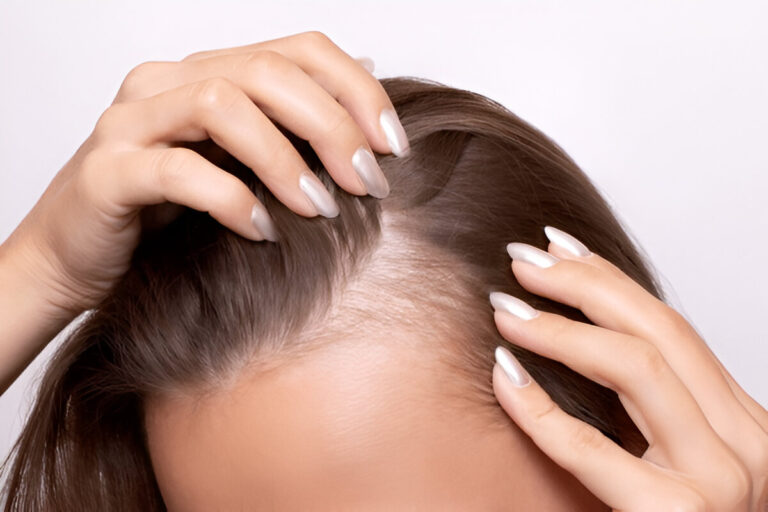
Hair loss, also known as alopecia, is a common condition characterized by partial or complete loss of hair. It can be caused by various factors, including genetics, hormones, medical treatments, and stress. While some hair loss is normal, excessive shedding can be a sign of an underlying condition.
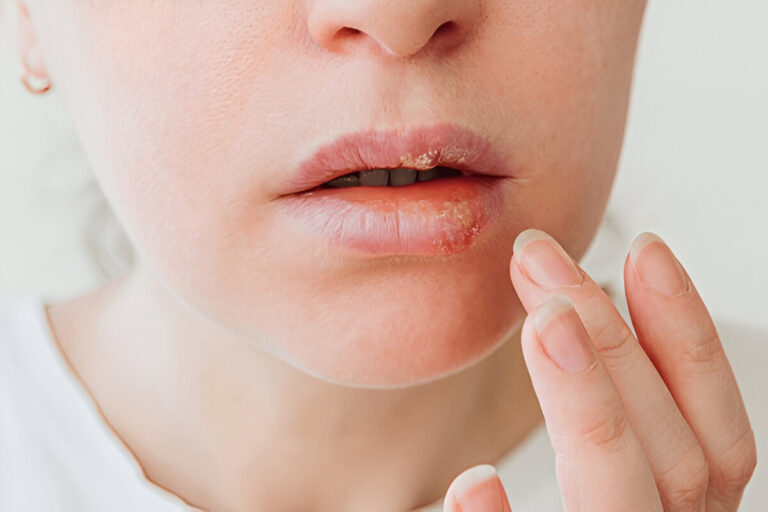
Herpes simplex is a common viral infection causing recurring outbreaks of blisters, most often on the lips (cold sores) or genitals (genital herpes). While many people may have the virus without experiencing outbreaks, it can also cause painful sores and other symptoms. The virus spreads through skin-to-skin contact.
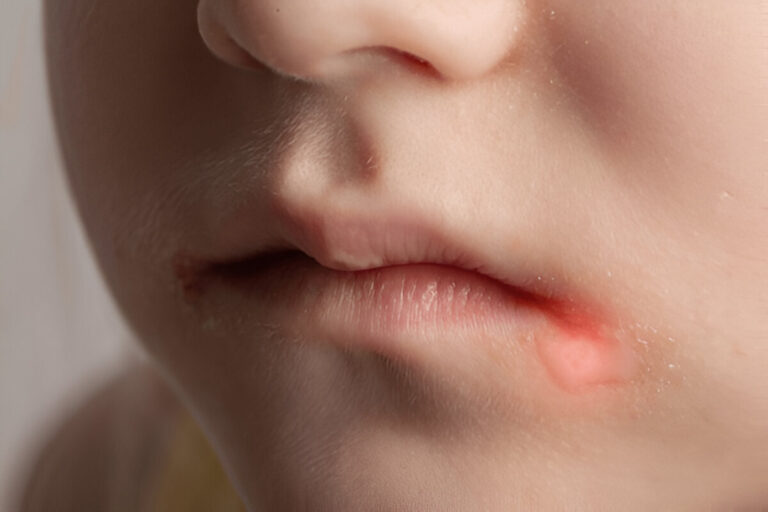
Impetigo is a common, highly contagious skin infection, primarily affecting children, but it can occur in anyone. It’s characterized by red sores or blisters that quickly burst and form honey-colored crusts. Treatment typically involves antibiotics, usually in the form of a topical ointment or cream.
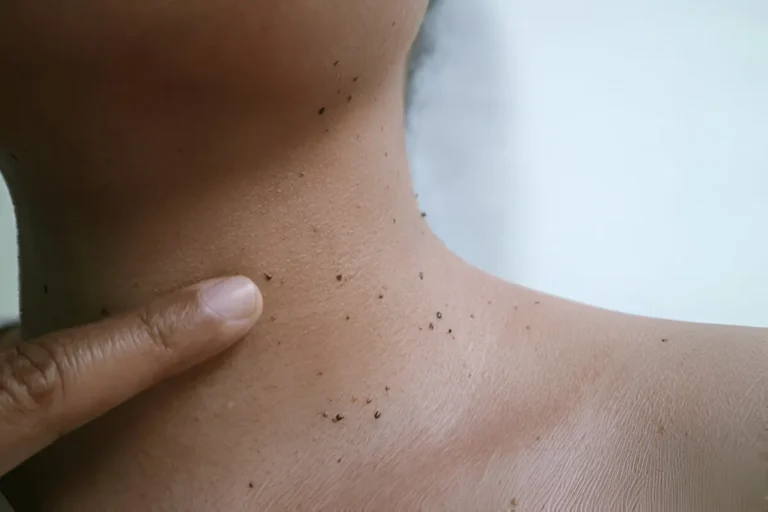
Moles are generally harmless skin growths caused by clustered pigment cells called melanocytes. They often appear as small, dark spots, but can be various colors and sizes. While most moles are benign, some, particularly atypical moles or those with a history of melanoma, can increase the risk of skin cancer.

Onychomycosis, also known as tinea unguium, is a fungal infection of the nails that can affect both fingernails and toenails. It’s characterized by discoloration, thickening, and separation of the nail from the nail bed. While often a cosmetic concern, onychomycosis can also cause pain, discomfort, and interfere with mobility.
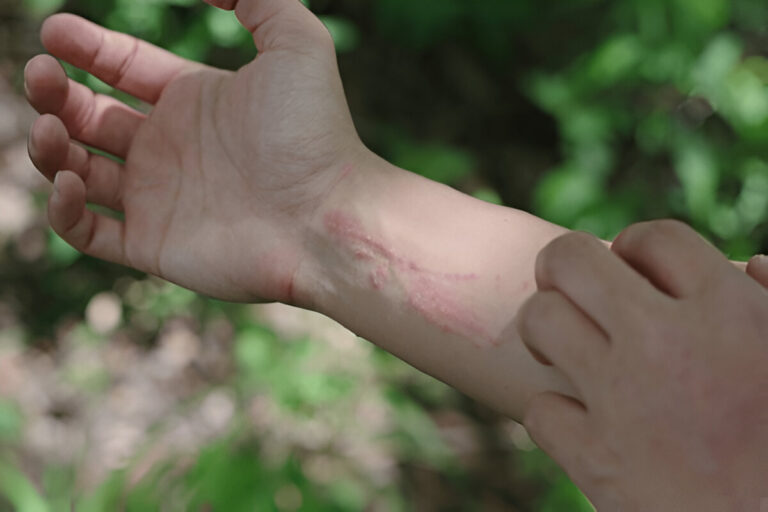
Poison ivy rash is caused by an allergic reaction to an oily resin called urushiol. This oil is in the leaves, stems and roots of poison ivy, poison oak and poison sumac.
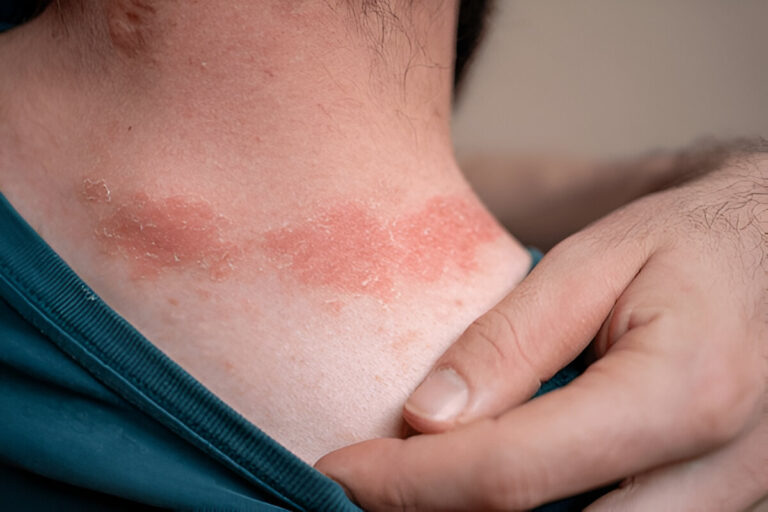
Psoriasis is a chronic autoimmune skin disease that causes skin cells to grow too quickly, resulting in thick, scaly patches. These plaques are typically red, itchy, and painful. While there is no cure, psoriasis symptoms can be managed with various treatments, including topical creams, oral medications, phototherapy, and lifestyle changes.
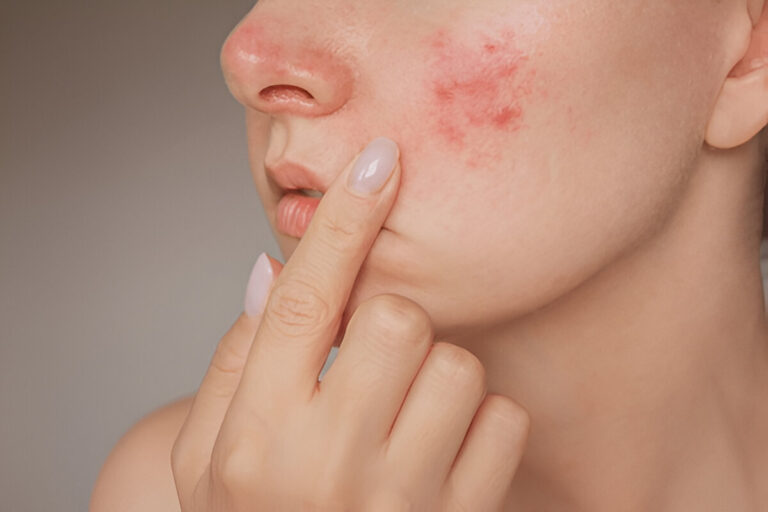
Rosacea is a chronic skin condition that causes redness, inflammation, and sometimes bumps or pimples on the face. It’s often mistaken for acne, but rosacea doesn’t involve blackheads or whiteheads. The condition can also affect the eyes, causing dryness, redness, and irritation.
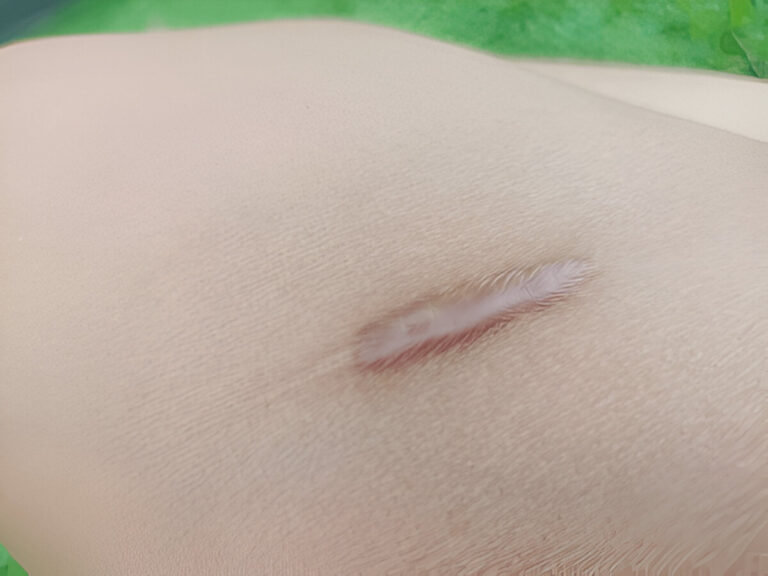
Keloids are a type of scar that forms when the body produces too much collagen during the healing process after an injury. They are characterized by raised, thick, and often irregular scars that extend beyond the original wound’s borders. Unlike normal scars, keloids do not regress over time and may even continue to grow.
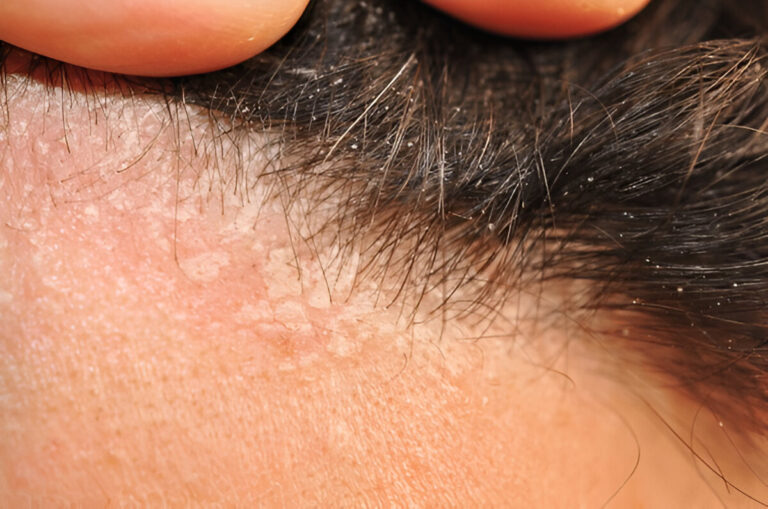
Seborrheic dermatitis is a common, chronic skin condition characterized by flaky, scaly patches, and red, itchy skin, especially on the scalp, face, and other areas with oil-producing glands. It can also cause dandruff, which is a common symptom on the scalp.

A skin rash is an area of irritated or swollen skin, often appearing red, itchy, and painful. It can be caused by a variety of factors, including allergies, irritants, infections, and certain skin conditions.
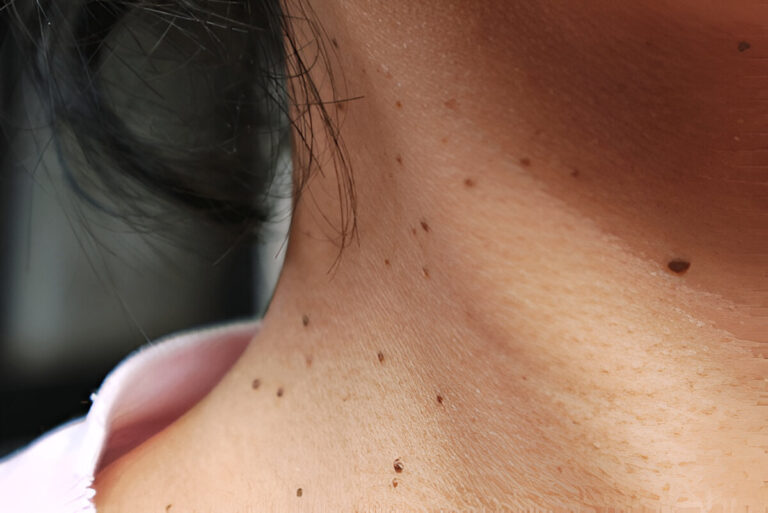
Skin tags, also known as acrochordons, are small, benign growths that hang off the skin, often found in areas where skin folds or rubs together. They are typically harmless, but can be removed for cosmetic reasons or if they cause irritation.
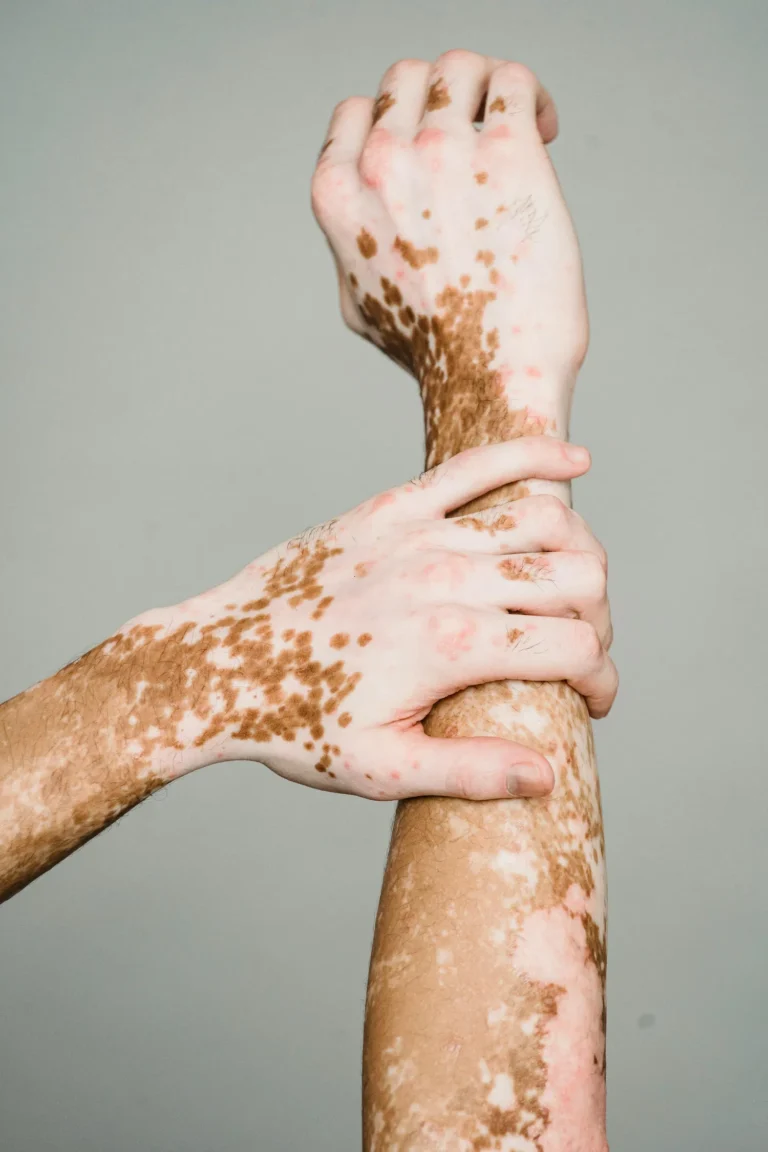
Vitiligo is a chronic skin condition that causes white patches on the skin due to a loss of pigment (melanin). It’s an autoimmune disorder where the body’s immune system mistakenly attacks the melanocytes, the cells responsible for producing melanin.
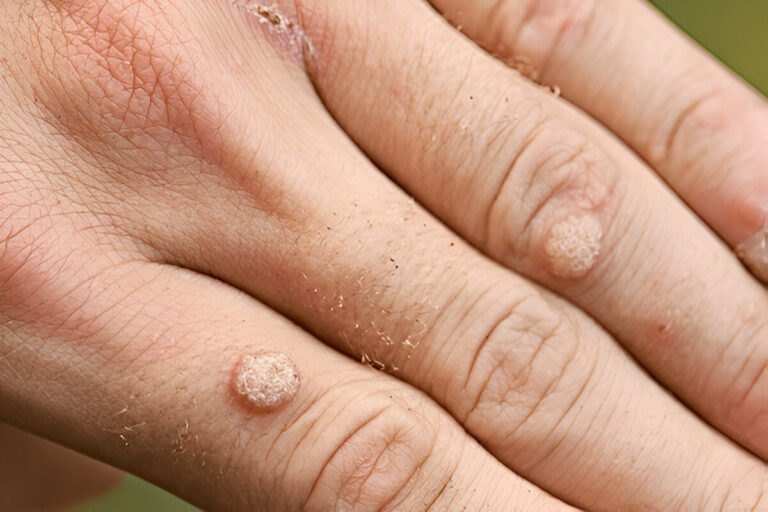
Warts are benign, non-cancerous skin growths caused by a viral infection, most commonly human papillomavirus (HPV). They are typically harmless and often resolve on their own within a couple of years, but can be bothersome or even painful, especially if located on the feet.
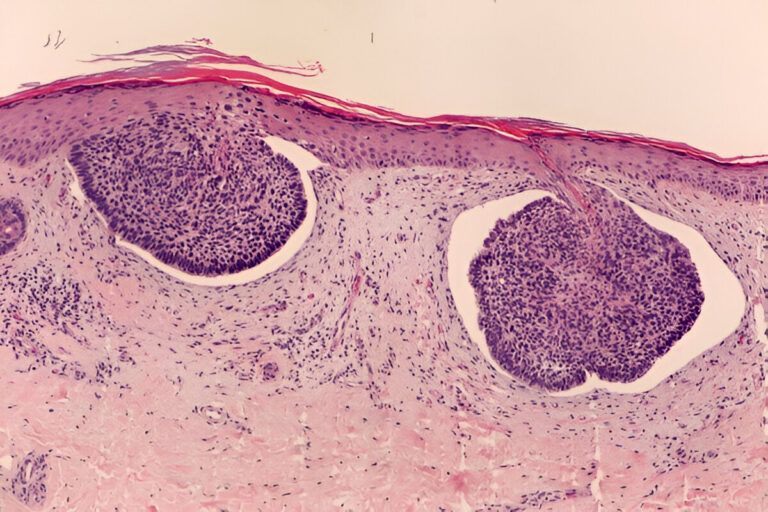
Basal cell carcinoma (BCC) is the most common type of skin cancer, often arising from sun-damaged skin. It’s a slow-growing tumor that rarely spreads, but it can be locally destructive and disfiguring if untreated. BCC typically appears as a flesh-colored, pearly papule with overlying ulceration or telangiectatic vessels, often on the head or neck. It’s highly treatable when caught early, with surgery and other treatments like cryotherapy or topical chemotherapy being common options.
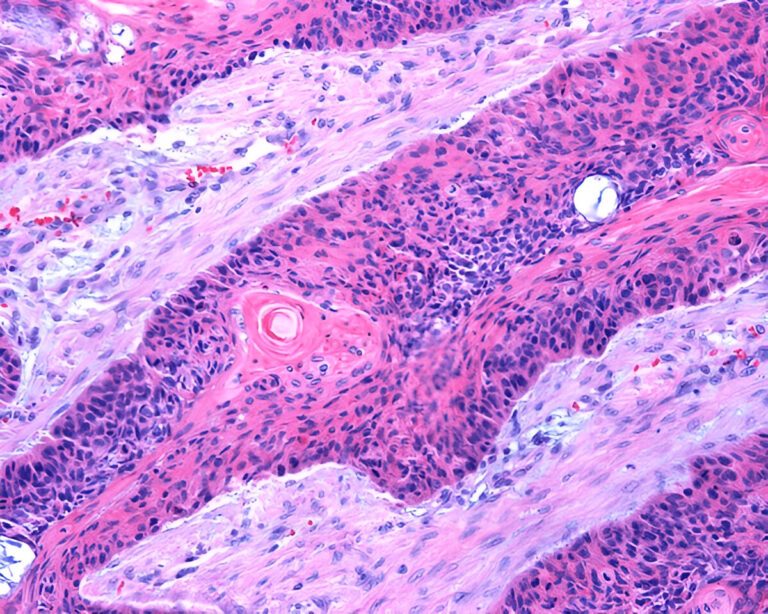
Squamous cell carcinoma (SCC), a common type of skin cancer, develops in squamous cells, the thin, flat cells making up the outermost layer of skin. It often appears on sun-exposed areas like the face, neck, hands, and arms. SCC can also occur on mucous membranes and genitals.
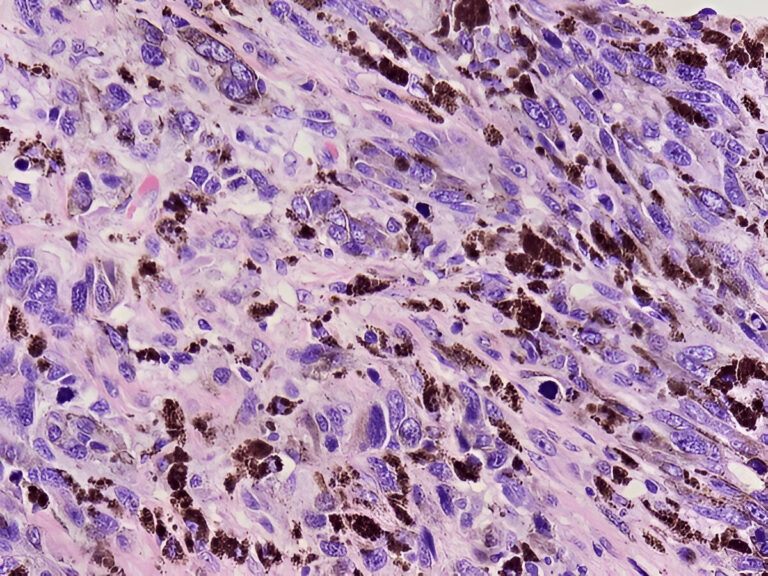
Melanoma is a type of skin cancer that develops from melanocytes, the cells that produce melanin, the pigment that gives skin its color. It’s considered the most dangerous type of skin cancer due to its potential to spread rapidly and affect other parts of the body. Melanoma can occur anywhere on the skin, but it’s more common in areas exposed to the sun, such as the legs in women and the trunk (chest and back) in men.
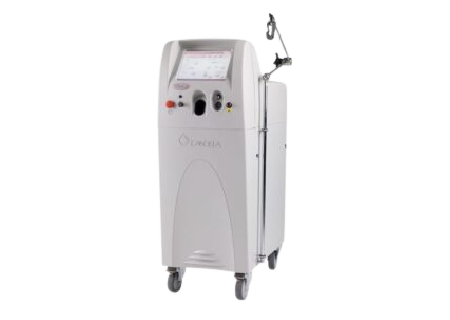
Vbeam is an FDA-approved pulsed-dye laser used to treat warts, keloids, and scars.
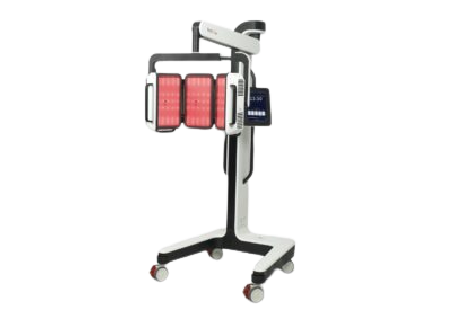
RhodoLED XL is an FDA-approved red light source used to treat precancerous cells and mild to moderate actinic keratosis of the face and scalp. It is used in combination with aminolevulinic acid hydrochloride (Ameluz) topical gel, 10%
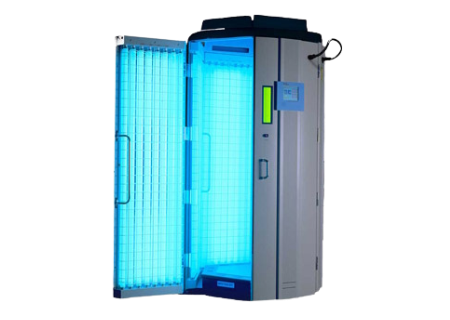
UVB light therapy, also known as phototherapy, is effective for treating psoriasis and vitiligo. It uses ultraviolet B light to slow down the rapid growth of skin cells and reduce inflammation.
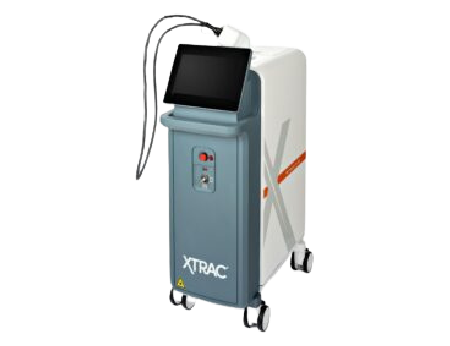
XTRAC® is used to treat mild, moderate, and severe plaque psoriasis and vitiligo by delivering a highly targeted therapeutic beam of UVB light to the affected skin without harming the surrounding areas.
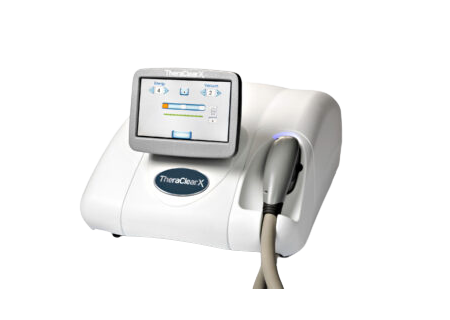
TheraClearX is an in-office treatment that combines a gentle vacuum with broadband light to treat mild-to-moderate acne.